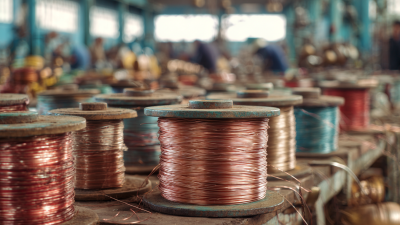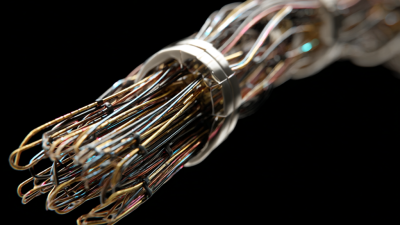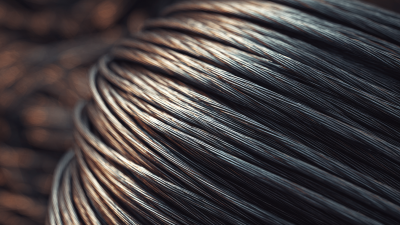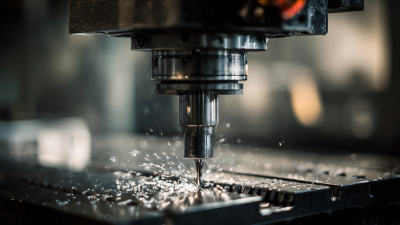In the ever-evolving landscape of modern manufacturing, the versatility of Wire Cut Wire has garnered significant attention due to its myriad applications across various industries. A recent report from the International Wire Association highlights that the global wire manufacturing market is projected to reach $300 billion by 2025, driven by advancements in production techniques and an increasing demand for precision components.
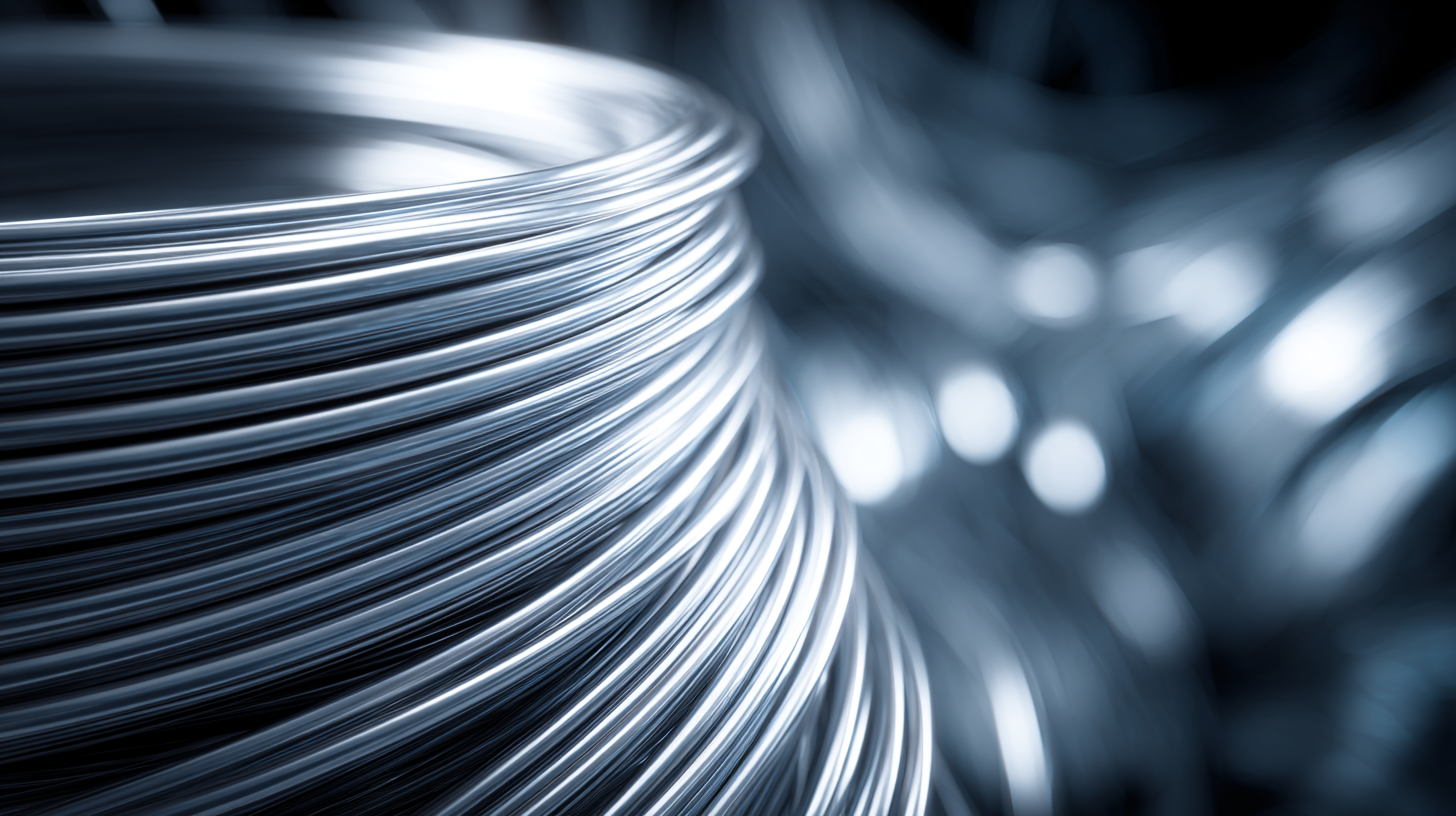
Wire cut wire, a critical component in modern manufacturing, is distinguished by its precision and versatility. This process involves the use of electrically charged wires to slice through materials, a method known for its ability to produce intricate geometries with minimal material waste. According to a report by MarketsandMarkets, the wire cut EDM (Electrical Discharge Machining) market is expected to grow from $4.6 billion in 2020 to $6.6 billion by 2025, illustrating the increasing reliance on this technology across various sectors, including aerospace, automotive, and electronics.
The benefits of wire cut wire in manufacturing are manifold. Firstly, its ability to machine hard materials, such as titanium and tool steel, without altering their physical properties is invaluable, particularly in industries that demand high-performance components. Furthermore, the accuracy of wire cut processes often exceeds that of traditional machining methods, achieving tolerances as tight as 0.01mm. This precision not only enhances product quality but also reduces the likelihood of costly rework. As manufacturers strive for efficiency and sustainability, technologies like wire cut wire are becoming essential for meeting the demands of modern production environments.
Wire cut wire has emerged as an essential component in various modern manufacturing techniques, offering versatility and precision across multiple industries. One of the key applications of wire cut wire is found in the electronics sector, where it is utilized for creating intricate parts such as connectors and circuitry. The fine tolerances achievable with this method enable manufacturers to produce high-quality electronic components that meet the demanding standards of today's technology-driven marketplace.
Additionally, the automotive industry has embraced wire cut wire for producing complex engine components and precision cutting tools. The ability to shape materials into precise geometries enhances the performance and safety of automotive systems. Furthermore, in the aerospace sector, wire cut wire plays a crucial role in fabricating lightweight and robust components, which are vital for improving fuel efficiency and overall aircraft performance.
This versatility demonstrates how wire cut wire is transforming manufacturing processes, contributing significantly to innovation across different fields.
When it comes to selecting the right wire cut wire for modern manufacturing, it's essential to understand the specific requirements of your project. A recent report by the International Wire Association highlights that the wire production market is expected to grow by 5% annually, indicating a rising demand for specialized wire cut applications. Whether you're working with metals, plastics, or other materials, the choice of wire cut wire significantly influences the quality and efficiency of the manufacturing process.
To choose the best wire cut wire, start by considering the material properties you need, such as tensile strength, flexibility, and resistance to corrosion. For instance, stainless steel wire cut is often preferred in environments prone to oxidation, as it offers durability while maintaining precision. According to a survey by Manufacturing Magazine, 62% of manufacturers reported that optimal wire specifications directly influenced their production uptime. Additionally, evaluate factors like wire diameter and coating options to enhance performance for specific tasks, ensuring that your selection aligns with your operational goals.

Wire cut wire has emerged as a pivotal innovation in modern manufacturing techniques, enhancing production efficiency across various industries. By harnessing the precision and flexibility of wire cut technology, manufacturers can create intricate components with minimal waste. This technique allows for the cutting of wire into specific shapes and sizes, facilitating the rapid production of complex parts that meet stringent design requirements. The ability to automate this process further streamlines workflows, reducing human error and operational costs.
Moreover, innovative applications of wire cut wire are reshaping production methodologies. For instance, integrating wire cut processes with advanced computer numerical control (CNC) systems permits real-time adjustments and precise control over the cutting parameters. Such advancements not only optimize production timelines but also enable the customization of products to cater to specific client needs. In sectors such as aerospace and automotive, where precision and quality are paramount, the adoption of wire cut wire techniques is proving to be a game changer, driving both efficiency and competitiveness in the marketplace.
| Technique | Application | Material Type | Efficiency Gain | Precision Level |
|---|---|---|---|---|
| Electrical Discharge Machining (EDM) | Aerospace Components | Titanium Alloy | 30% Increase | 0.005 mm |
| Wire Cut Laser Technology | Consumer Electronics | Aluminium | 25% Reduction | 0.01 mm |
| Water Jet Cutting | Automotive Parts | Stainless Steel | 20% Time Saving | 0.02 mm |
| Sparks Erosion Technique | Medical Devices | Cobalt-Chromium | 15% Cost Reduction | 0.005 mm |
| Mechanical Cutting | Construction Tools | Carbon Steel | 10% Improvement | 0.1 mm |
The wire and cable industry is on the cusp of significant innovation, with wire cut wire technologies playing a pivotal role in transforming modern manufacturing processes. As companies increasingly seek automation and efficiency, advancements like fully automatic cutting, stripping, and crimping systems are streamlining operations, reducing labor costs, and enhancing precision in wire processing. These technologies not only improve productivity but also support the development of more complex products, catering to diverse market demands.

Looking ahead, the future of manufacturing will be influenced by an emphasis on sustainability and technological integration. As sustainability becomes a central theme, manufacturers are adopting eco-friendly practices and materials in their wire production processes. Moreover, trends such as AI-driven analytics and predictive maintenance are enabling manufacturers to anticipate market shifts and optimize their operations.
This confluence of wire cut wire innovations and technological advancements signifies a transformative era for the manufacturing sector, where efficiency and sustainability go hand in hand to shape a more resilient industry.
